As dusk fell on Sunday (15), police smashed their way into the main library of New Delhi's Jamia Millia University, firing tear gas shells as scores of terrified students barricaded doors and hid inside bathrooms to protect themselves.
Video footage shot by a student inside the library shows dozens of young students - including several women - scrambling for cover, cowering beneath desks, and jumping over metal and broken glass dividers as they attempted to flee.
More than 600 students sought shelter inside the building as violence raged around the university in southeast Delhi, after thousands gathered to protest a controversial new citizenship law that has sparked days of violent unrest.
Indian prime minister Narendra Modi's government insists the Citizenship Amendment Act is necessary to help persecuted minorities from Muslim-majority Afghanistan, Bangladesh and Pakistan who settled in India before 2015.
But the move has triggered a severe backlash, with widespread clashes in the country's north and a rash of protests across universities - including in Jamia.
On Sunday, some protesters set buses alight and battled stick-wielding policemen on a major thoroughfare nearby.
In a statement, the student community of Jamia said they disassociated themselves from the violence, which was perpetrated by some elements to discredit their peaceful protests.
Asad Malik, a lecturer in Jamia's law department, said school officials had stood by the campus gates, checking ID cards to ensure only students entered the nearly 100-year-old public university amid the chaos on Sunday.
However, police said some vandals did manage to enter the Jamia and officers only followed them into the campus after they were pelted with stones from inside the university.
"Miscreants and rowdy elements had entered the university and police went inside the campus chasing this crowd, to pull them out," M.S. Randhawa, a police spokesman told reporters on Monday.
Malik, however, said when police started shooting tear gas inside the university, there were only students inside.
Saliha P.P., a 22-year-old masters student, said she was on the Jamia campus when she saw more than 100 policemen storm the campus, fire tear gas and charge students with batons.
"There were continuous sounds of tear gas," she said. "They were just beating any students they saw so cruelly."
On Monday morning, sections of university library lay in ruins. Windows were smashed, chairs lay broken and scattered. Crushed glass covered corridors and tables.
Reuters witnesses saw tear gas shells and blood splattered on the library floor. At least two surveillance cameras had been smashed.
Jamia's vice chancellor Najma Akhtar said police had entered the campus without permission, injuring around 200 students. The university, which has a large number of Muslim students, plans to seek a government enquiry into the violence.
"The brutality with which they behaved with students is not acceptable," she told media on Monday.
At least five students told Reuters they did not see any women police personnel among the force that stormed the campus, as is required by law in India when females are on the scene.
A police spokesman did not respond to respond to multiple requests for comment on the allegations of brutality or the reported absence of female officers.
'DEATH IS ON THE OTHER SIDE'
Madiha Aziz, a postgraduate student, was on the first floor of the library, sitting under a desk in the darkness after other students switched off the lights.
"We thought we will be safe inside the library, the college authorities will protect us," she said, speaking with Reuters at her home a few kilometres away from Jamia.
From a window, looking down, Aziz said she saw dozens of police pounce on students and beat them up. Three other students also told Reuters they had seen police thrash students in and around the library.
Petrified, some tried to barricade themselves inside using library cupboards.
"The police beat us a lot, they did a lathi charge inside the library," said law student Mohammad Anas, using the Hindi word for a baton.
With tear gas canisters exploding inside, second-year student Mohammad Shahzad said some ran to the washrooms to hide or wash their eyes with water.
"But police dragged them out and beat them up," he said.
Some bathroom doors inside the library building lay smashed on Monday, seemingly kicked in from the outside.
Still cowering under a desk, Aziz thought it was all over, when police stormed in after banging loudly on the doors.
"I thought my death is on the other side," she said. "It was a night of horrors."
It was after 7 p.m. local time when police began clearing the library building, said three students who had sought refuge inside.
"Outside the central library staircase around 200 students were asked to sit down. Then we were asked to keep both our hands on our heads and we were asked to get out," Anas said.
Others, who sought shelter in surrounding buildings, met a similar fate.
Hisham Siddiqui, a doctorate student, said he was inside a mosque on the university campus when more than a dozen police burst in.
"They smashed the glass doors and entered inside," he said, heavily bandaged and seated in a wheelchair outside Alshifa hospital late on Sunday night.
After being beaten and falling unconscious, Siddiqui said he managed to hobble out, before being taken to a hospital.
"Our faith is strong, we will continue fighting," he said, as he was wheeled out of the hospital.
Others were left shattered though, and many students were seen wheeling suitcases and leaving the campus on Monday.
"I'm a student here. I study law here. I was to answer an exam on the constitution today, but what's left of it?," Anugya Jha told media as she was leaving the campus on Monday.
"What constitution do I go back and study now? Have they left any of it?" said Jha, tears streaming down her face. "I do not feel safe in this entire country anymore. I do not know where I may go and be lynched today, by the police itself."





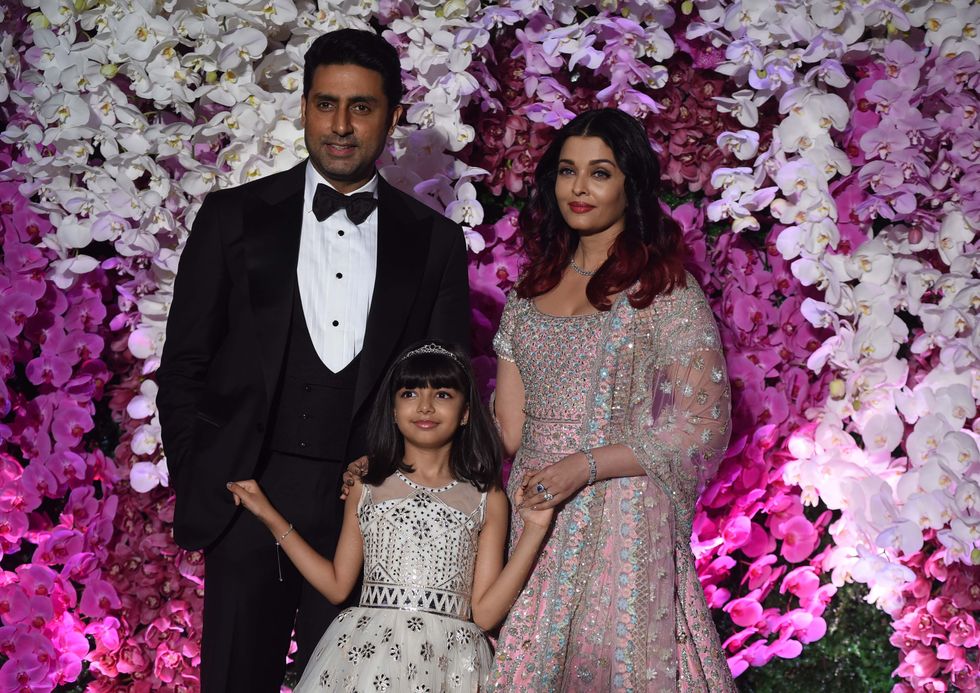 Aaradhya Bachchan has no access to social media or a personal phoneGetty Images
Aaradhya Bachchan has no access to social media or a personal phoneGetty Images  Abhishek Bachchan calls Aishwarya a devoted mother and partnerGetty Images
Abhishek Bachchan calls Aishwarya a devoted mother and partnerGetty Images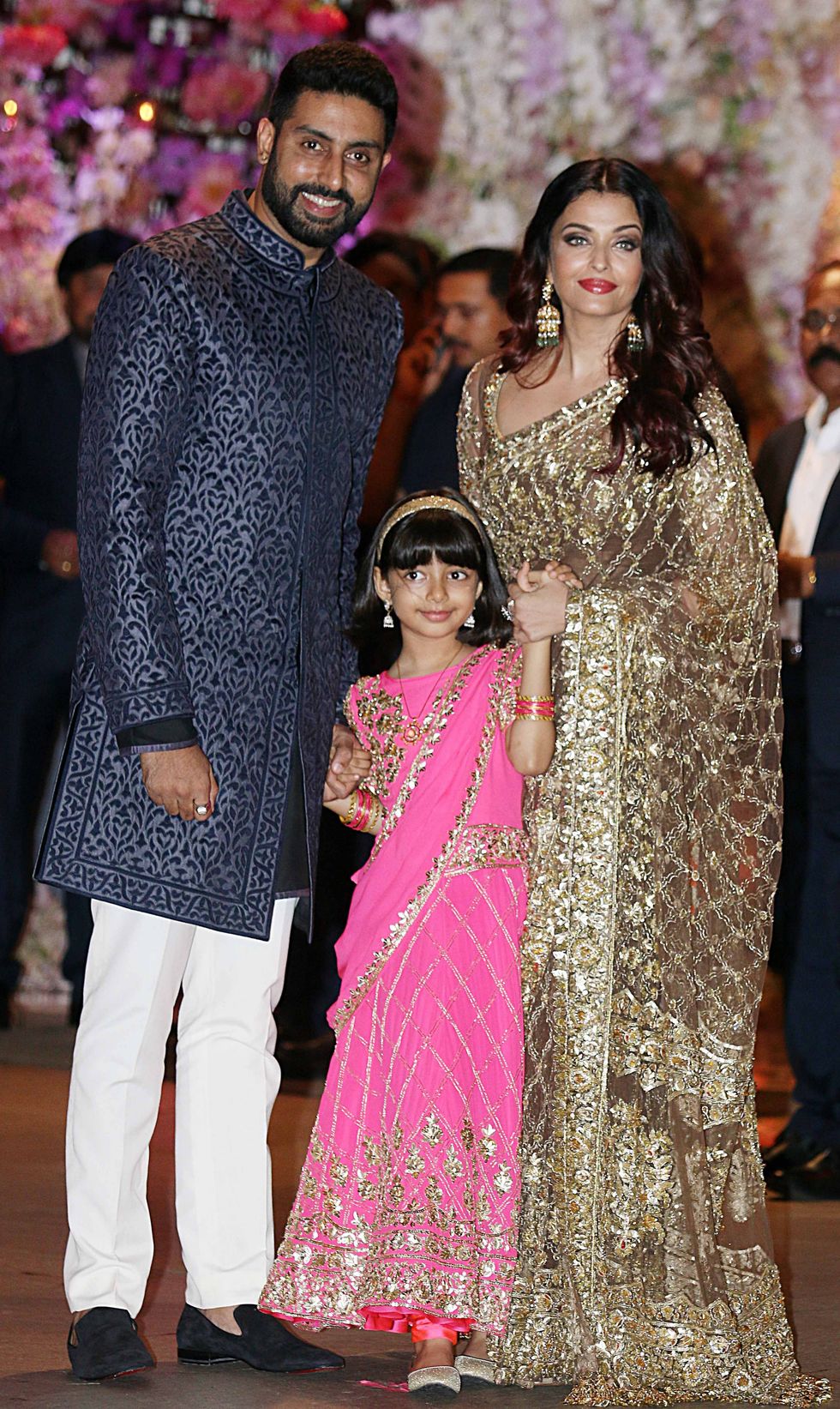 Aaradhya is now taller than Aishwarya says Abhishek in candid interviewGetty Images
Aaradhya is now taller than Aishwarya says Abhishek in candid interviewGetty Images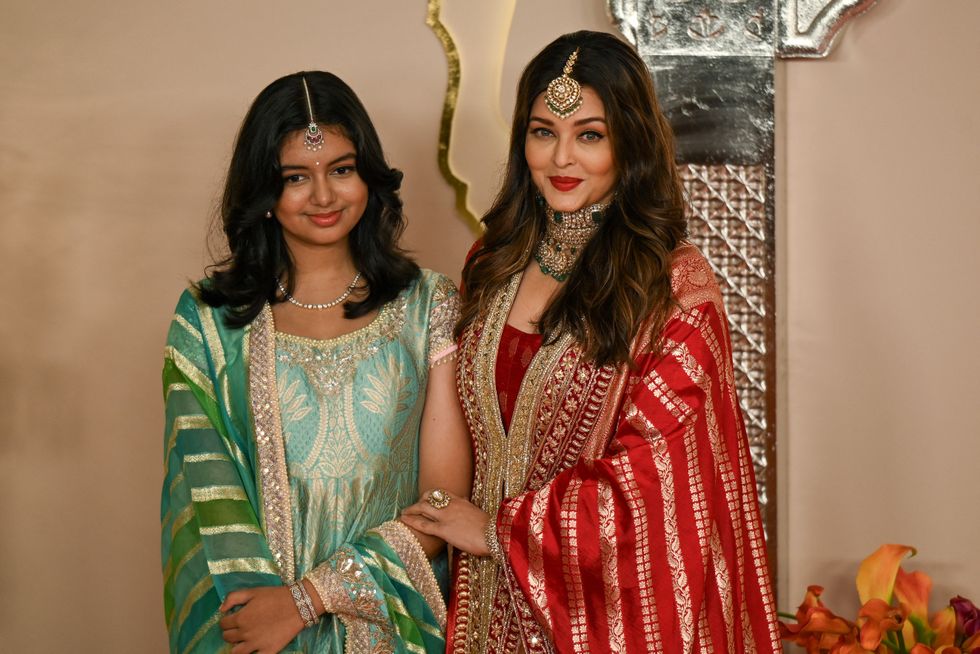 Aishwarya Rai often seen with daughter Aaradhya at public eventsGetty Images
Aishwarya Rai often seen with daughter Aaradhya at public eventsGetty Images









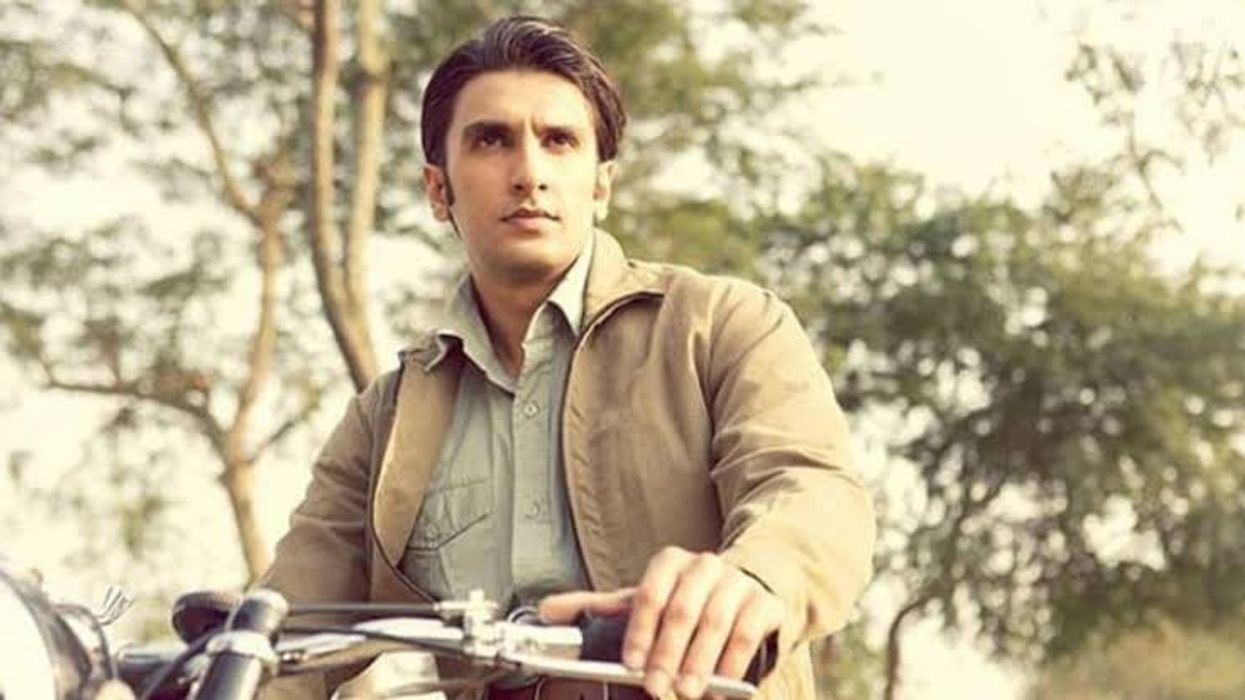
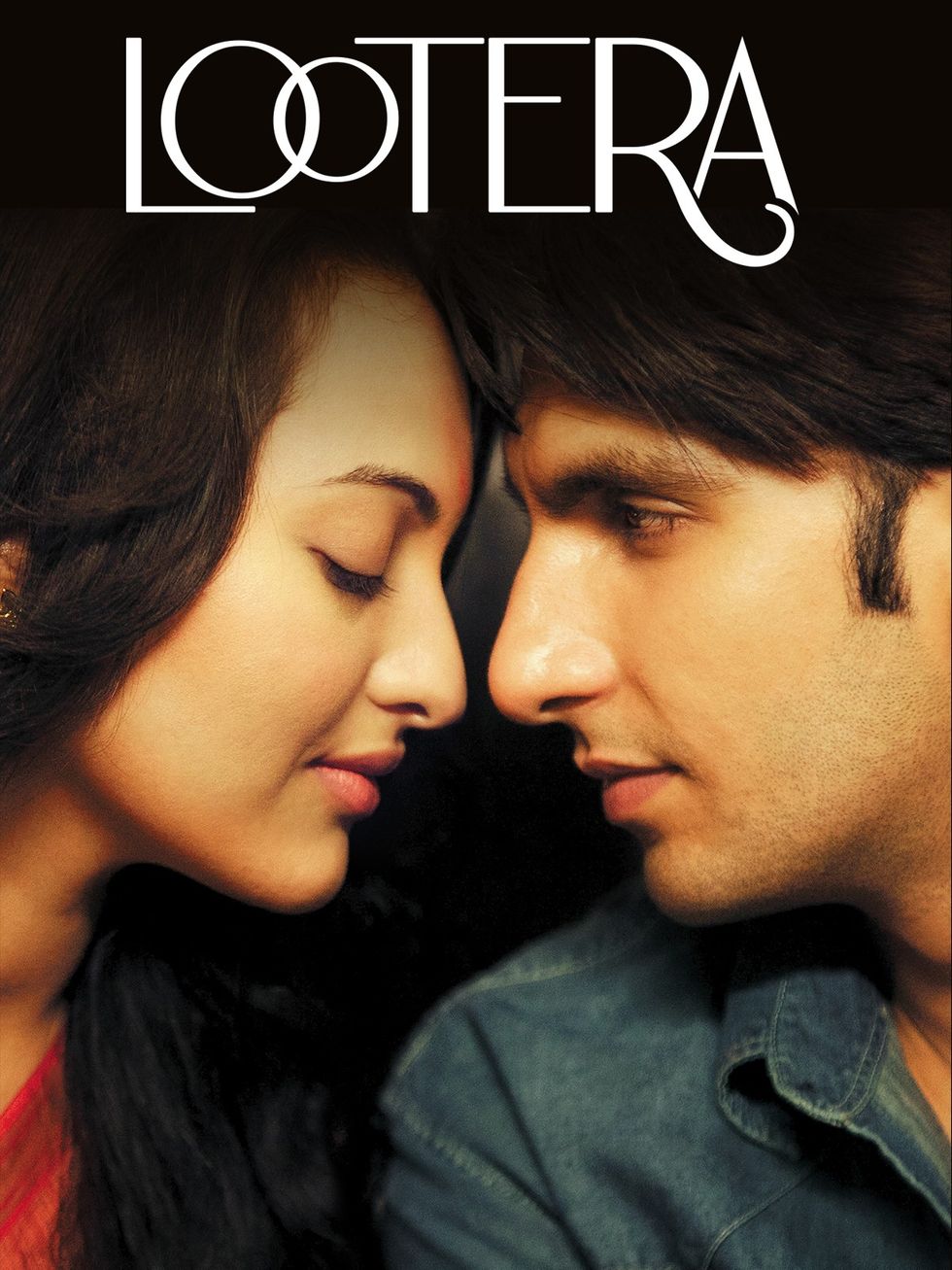 Lootera released in 2013 and marked a stylistic shift for Ranveer Singh Prime Video
Lootera released in 2013 and marked a stylistic shift for Ranveer Singh Prime Video 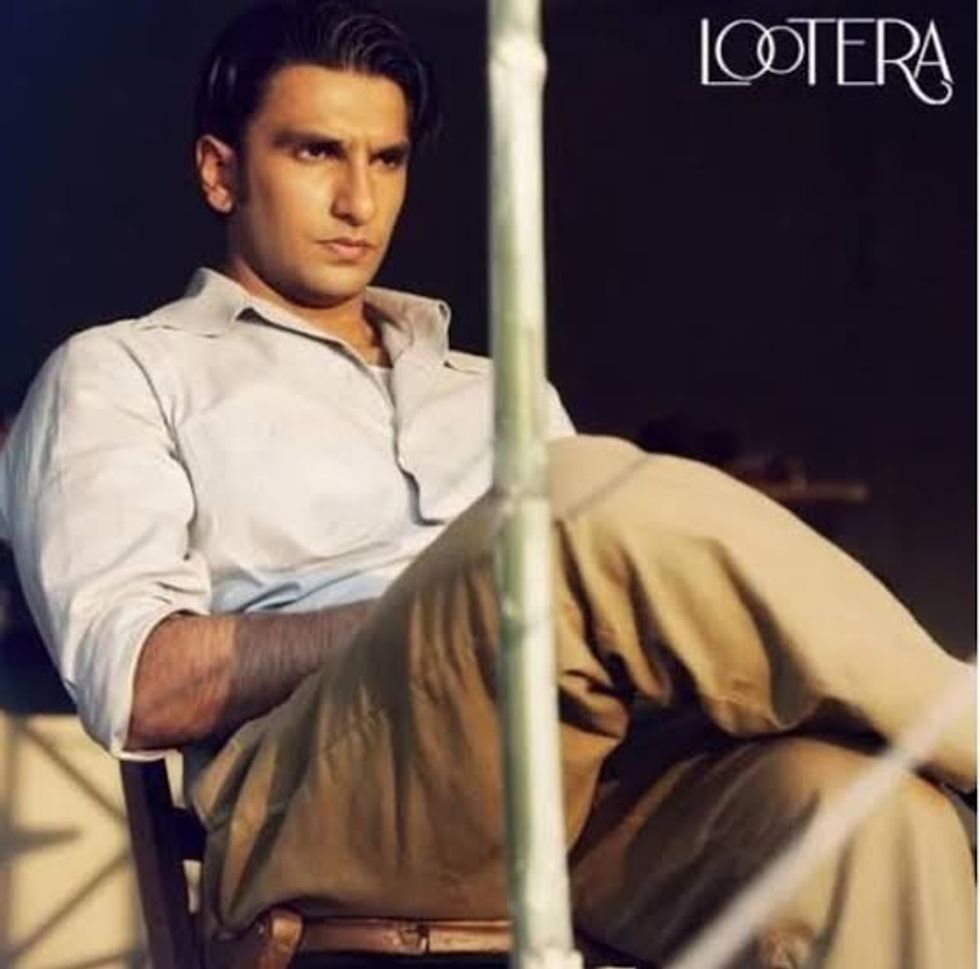 Ranveer Singh’s role as Varun showed he could command the screen without saying much
Ranveer Singh’s role as Varun showed he could command the screen without saying much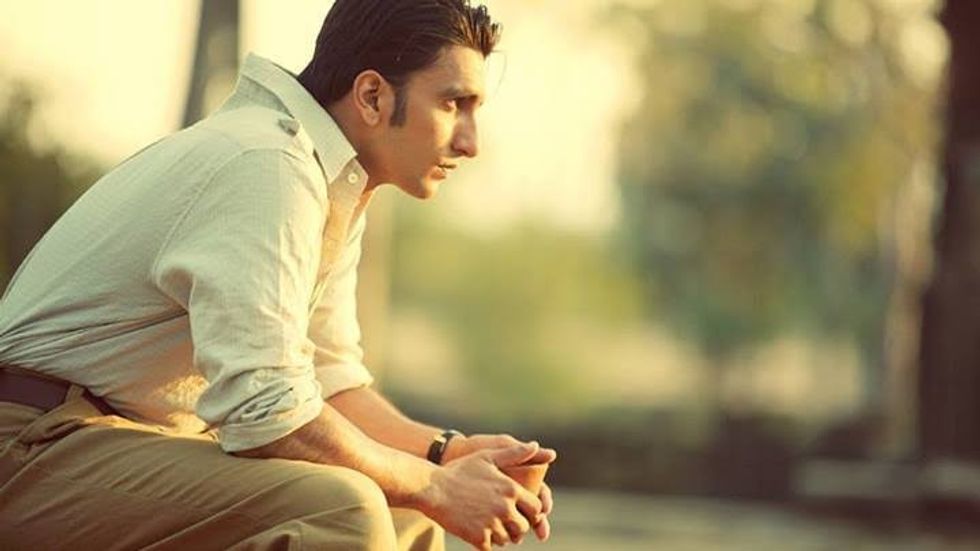 The period romance Lootera became a turning point in Ranveer Singh’s career
The period romance Lootera became a turning point in Ranveer Singh’s career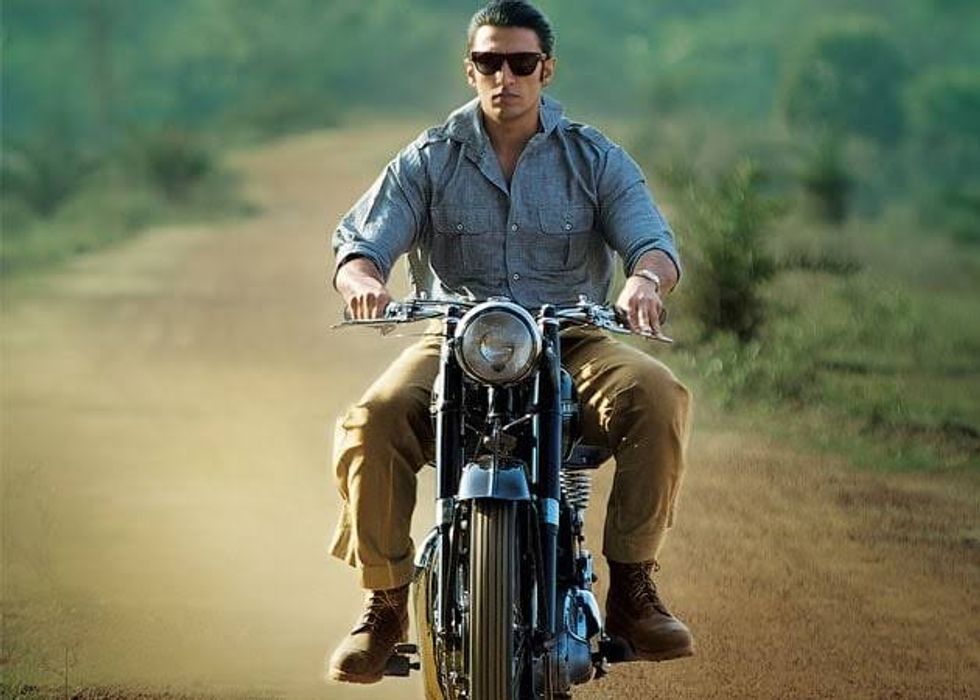 Ranveer Singh’s performance in Lootera was praised for its emotional restraint
Ranveer Singh’s performance in Lootera was praised for its emotional restraint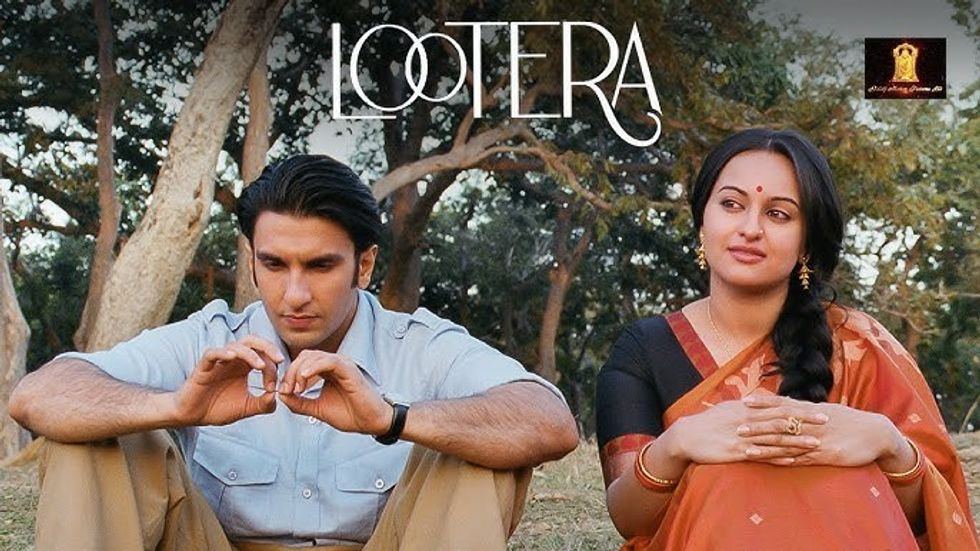 Ranveer Singh and Sonakshi Sinha starred in the romantic drama set in 1950s BengalYoutube/Altt Balaji Motion Pictures
Ranveer Singh and Sonakshi Sinha starred in the romantic drama set in 1950s BengalYoutube/Altt Balaji Motion Pictures 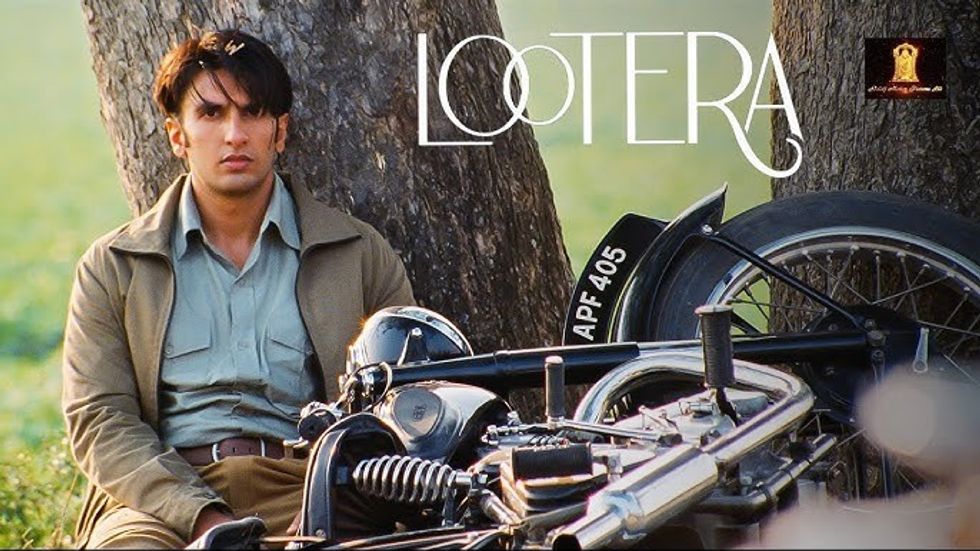 Lootera’s legacy has grown over the years despite its modest box office runYoutube/Altt Balaji Motion Pictures
Lootera’s legacy has grown over the years despite its modest box office runYoutube/Altt Balaji Motion Pictures
